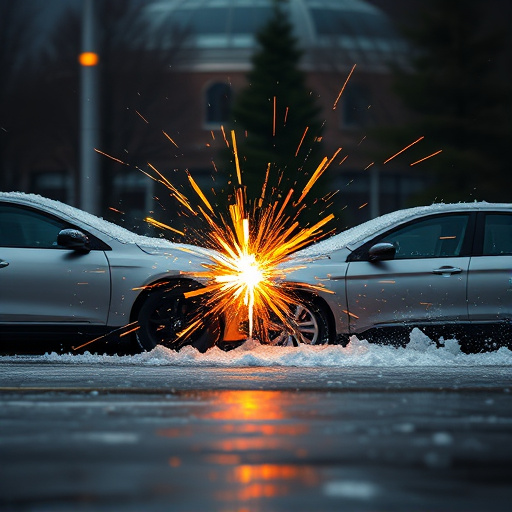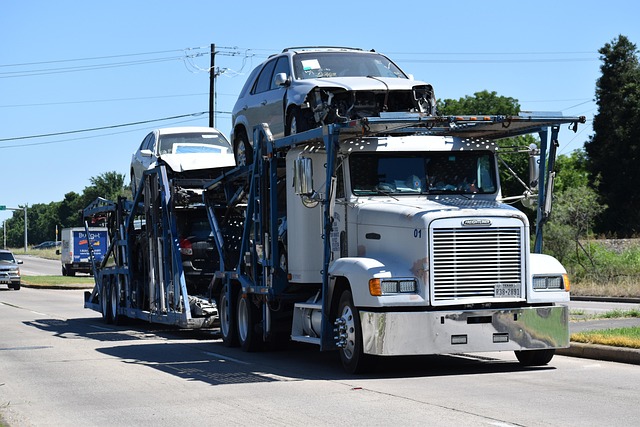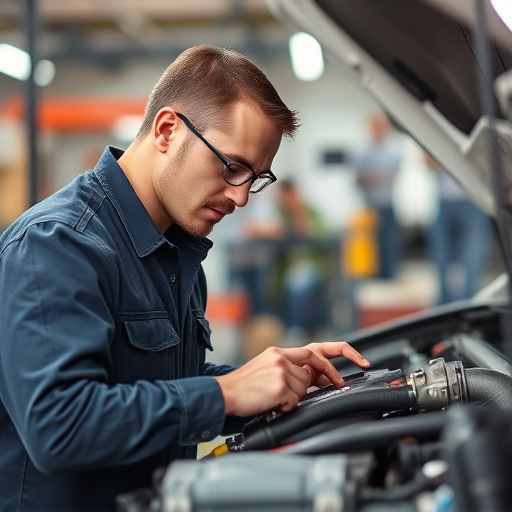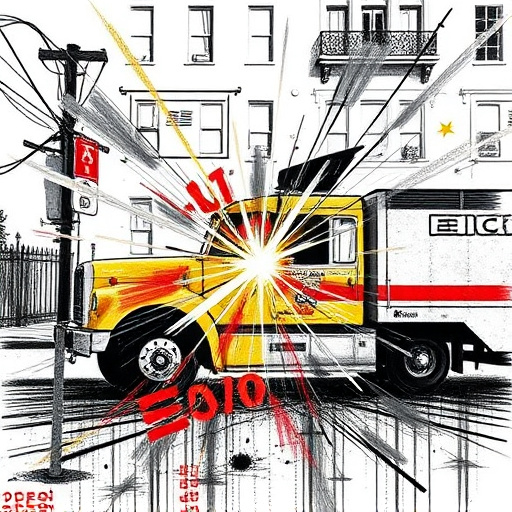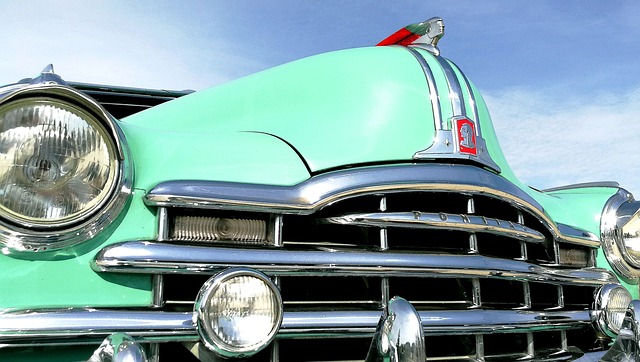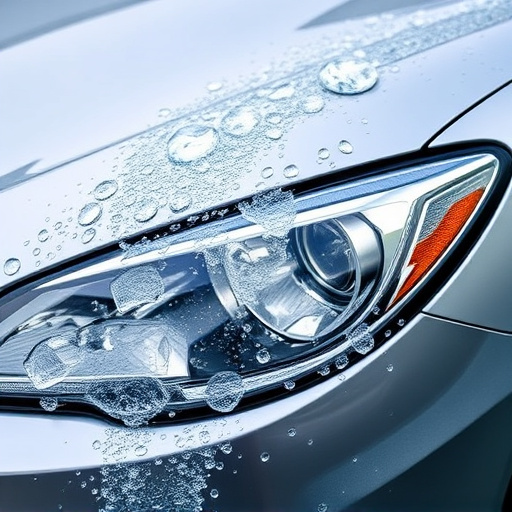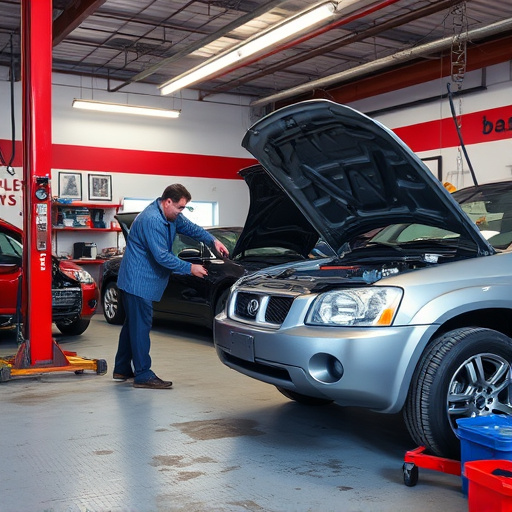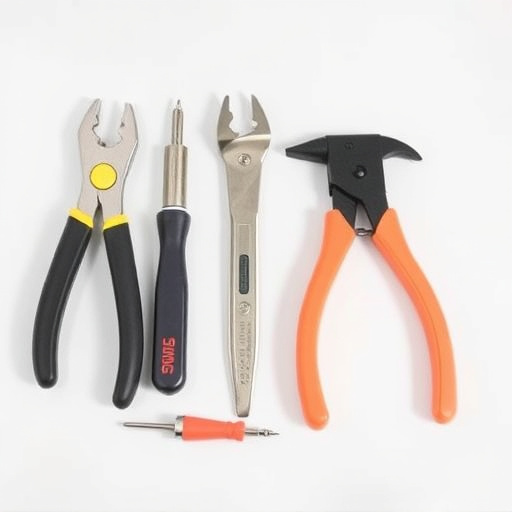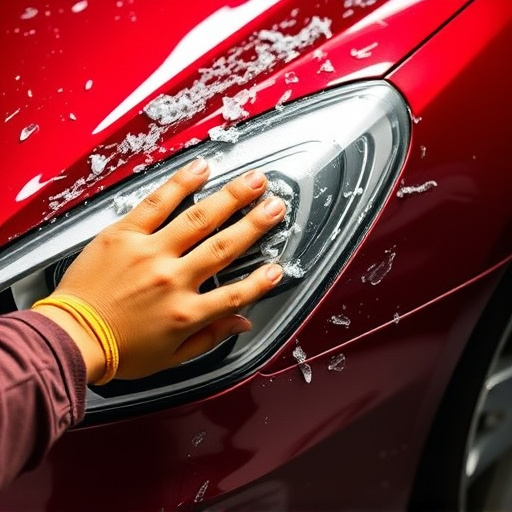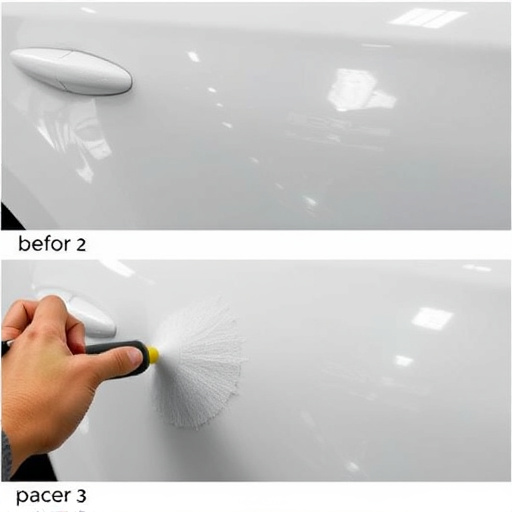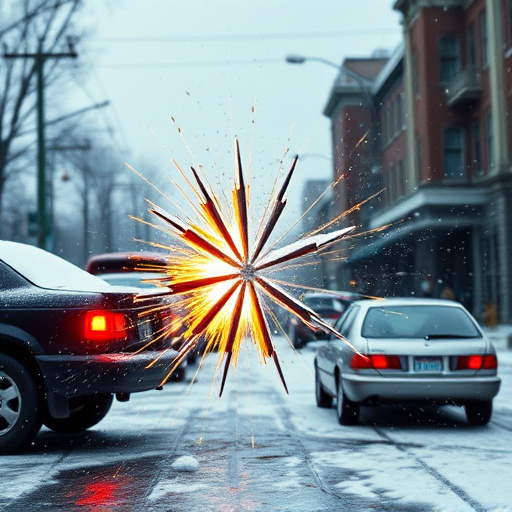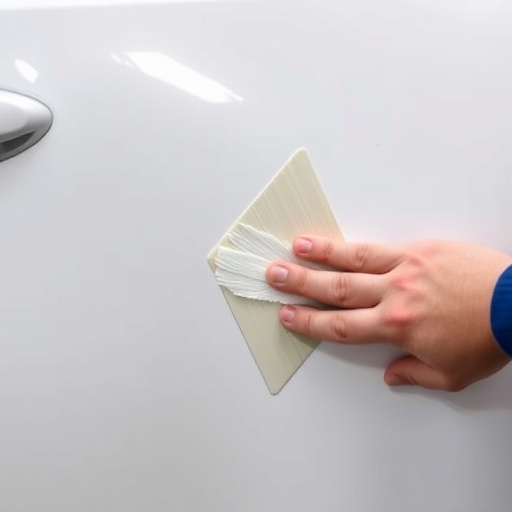Bumper replacement costs vary based on vehicle make/model, material type (generic to premium), damage extent, and labor complexity. Older cars have simpler, cheaper bumpers, while newer models are more expensive. Plastic is cheaper than metal. Damage to existing bumpers and related repairs increase costs. Labor fees vary by intricacy. Awareness of these factors prepares budgets for bumper replacement.
Bumper replacement costs vary significantly based on your vehicle’s make and model, as well as the materials used. Understanding these factors is crucial before diving into repairs. This article breaks down the key determinants of bumper replacement expenses. We’ll explore how your vehicle’s unique characteristics influence pricing and delve into the different material options available, each with its own price point. By understanding these aspects, you’ll be better equipped to navigate the process and make informed decisions for your bumper replacement needs.
- Understanding Bumper Replacement Costs: Factors at Play
- Vehicle Make and Model: The Primary Determinant
- Material Choices: Impacting Price Point
Understanding Bumper Replacement Costs: Factors at Play
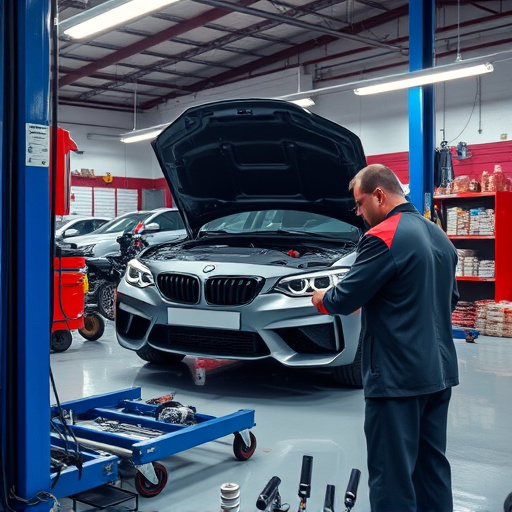
Understanding bumper replacement costs involves recognizing various factors that influence the price. The most significant determinant is the vehicle’s make and model; older or classic cars may have simpler, less expensive bumpers, while newer models often feature sophisticated designs with advanced materials, driving up costs. The type of material used in the replacement also plays a crucial role. Plastic bumpers are generally more affordable than metal ones, which can be several times more expensive due to their durability and safety requirements.
Additionally, the extent of damage to the existing bumper and the need for additional work, such as auto glass repair or collision repair at a specialized center after a fender bender, impacts the overall cost. Labor fees vary based on the complexity of the replacement process, with more intricate jobs requiring more time from skilled technicians. Therefore, understanding these factors is essential when planning for bumper replacement to ensure budgetary preparedness.
Vehicle Make and Model: The Primary Determinant
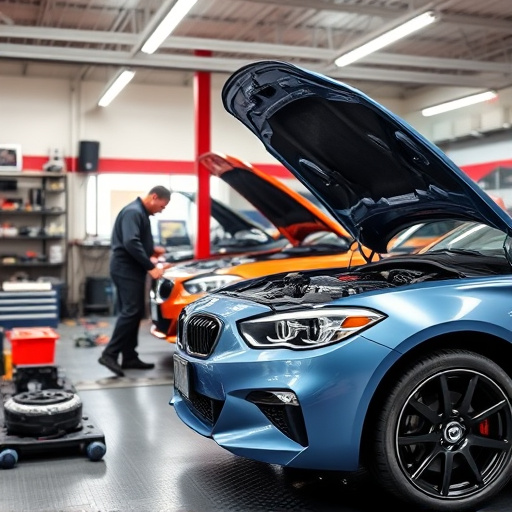
When it comes to bumper replacement cost, one of the primary determinants is the vehicle’s make and model. Different cars have varying levels of complexity in their designs, which directly impacts the price of parts and labor. For example, a common economy car may have simpler components that are easier and cheaper to replace compared to high-end luxury vehicles with intricate, specialized bumpers designed to meet specific safety standards.
Furthermore, the availability of replacement parts plays a significant role. Some vehicle makes and models may have more readily available, aftermarket options, which can reduce costs. In contrast, for rare or classic cars, finding exact matches might be challenging, leading to higher expenses due to custom ordering or the need for specialized automotive restoration techniques.
Material Choices: Impacting Price Point
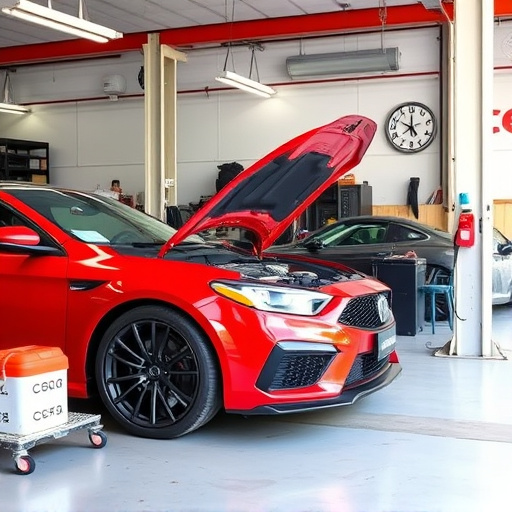
The choice of materials plays a significant role in determining the cost of bumper replacement. While generic, off-the-shelf parts are readily available and often more affordable, they may not offer the same level of durability and aesthetics as custom-made or high-end materials. Stainless steel, for example, is a popular option for its strength and resistance to corrosion but can be pricier than plastic or composite alternatives.
On the other hand, collision repair shops may also offer advanced materials like lightweight composite or even carbon fiber, which are not only durable but can enhance a vehicle’s overall appearance. These options, however, usually come with a higher price tag due to their specialized manufacturing processes and materials. When considering bumper replacement, understanding these material choices is essential for setting realistic expectations regarding both quality and cost in collision repair services.
When it comes to bumper replacement costs, understanding the factors at play is key. Vehicle make and model significantly influence the price, with luxury or specialty vehicles typically costing more. Material choices, such as plastic, metal, or composite, also have a substantial impact on the overall expense. By considering these aspects, car owners can better prepare for potential repairs and choose the right materials to match their budget and vehicle’s needs.
